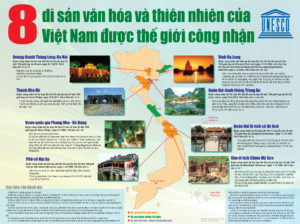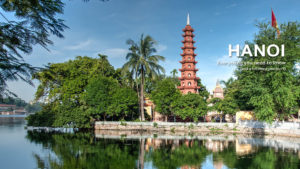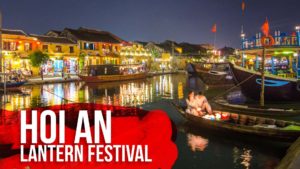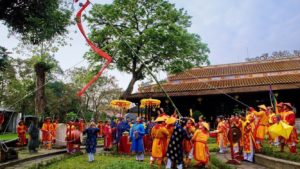1. INTRODUCTION

Vietnam (Việt Nam), officially named the Socialist Republic of Vietnam, is the easternmost country on the Indochina Peninsula in Southeast Asia. It is bordered by China on the north, Laos on the northwest, Cambodia on the southwest, and the South China Sea on the east. With a population of nearly 90 million people, Vietnam is the 13th most populous country in the world.
– Capital: Hanoi
– Largest city: Ho Chi Minh City (Saigon)
– Population: Nearly 95 million
– Official languages: Vietnamese
– Currency: Vietnamese Dong (VND)
– Time Zones: GMT/UTC +7
– Country Dialing Code: +84
– Electrical Plugs: In most places you will find European Appliances 220V 50Hz
Destinations can not be missed when you volunteer travel in Vietnam!!!









2. WEATHER
With a multitude of altitudes and latitudes there’s always somewhere that is pleasantly sunny and warm if you’re prepared to search for it. The weather usually is hot and humid, around the low 30°Cs (high 80°Fs), but if you head north and along the coast they cool down to comfortable temperatures toward January. The weather is determined by two monsoons; the winter monsoon comes from the northeast between October and March bringing wet chilly winters to all areas north of Nha Trang, but dry and warm temperatures to the south. From April or May to October, the southwestern monsoon brings warm, humid weather and buckets of rain to the whole country except for those areas sheltered by mountains.

3. EVENTS
Some of the major religious festivals follow a Lunar calendar.
They include: Tet (late January or early February), the most important festival of the year which lasts a week (with rites beginning a week earlier), marking the new lunar year; Wandering Souls Day (Trung Nguyen), held on the fifteenth day of the seventh moon (August), the second-largest festival of the year, when offerings of food and gifts are given to the wandering souls of the forgotten dead; Summer Solstice Day (Tiet Doan Ngo) in June which sees the burning of human effigies to satisfy the need for souls to serve in the God of Death’s army; and Holiday of the Dead (Thanh Minh) in April commemorating deceased relatives.



4. FACTS ABOUT HANOI
Located in the northern part of Vietnam, Hanoi is the capital of this South-East Asian country. A thousand year old city, situated at the banks of the Red River, with an estimated population of about 4 million inhabitants. With many colorful districts including the French styled Old Quarter near Hoan Kiem lake, the modern New Quarter, and the more touristy Tay Ho.
Altogether, Hanoi is a buzzing and exciting city with many interesting places to visit, a city never to forget.

5. SEASONS IN HANOI
In Hanoi there are four distinct seasons:
Spring (January – April): Cool
Summer (May – July): Hot in July (36 – 40 degree)
Autumn (August – October): Cool, nice weather, rain too much in August
Winter (November – January): Cold (10 – 15 degree)
6. FACTS ABOUT TA VAN AND SAPA
Established as a hill station by the French in 1922, Sapa today is the tourism centre of the northwest. Sapa is orientated to make the most of the spectacular views emerging on clear days; overlooking a plunging valley, with mountains towering above on all sides.
Ta Van (Lao Cai province) is a poor district in Northern Vietnam 20 minutes by car from Sapa. It is a beautiful village were almost all of the local population are ethnic people, who are semi-illiterate and lack education. Most of these people are farmers with very low income, living in difficult conditions.
7. WEATHER IN SAPA – TA VAN
The best time to visit Sapa is from March to May and from September to November. In the summer, although the weather is quite warm, it is not as hot as other regions in Vietnam.
In the winter, from December to February, the weather in Sapa becomes very cold, especially at night (sometime – 4 degree and snow).

